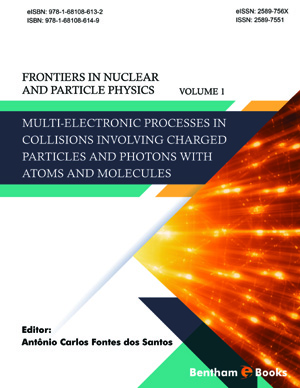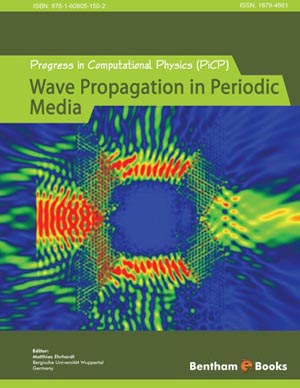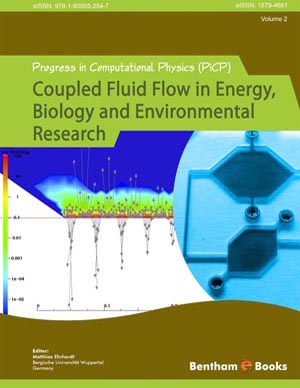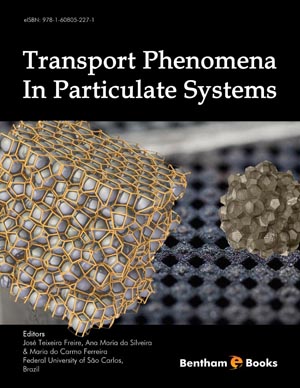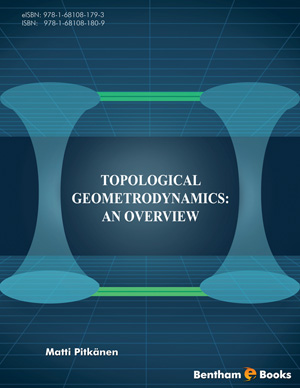Abstract
The paramount goal of this fundamental explanatory book chapter has been
to investigate a simulative study on EO (Electro-Optic) characteristics of InAlGAs/InP
heterogeneous nanostructure for GFOCs (Graded Fiber Optic Cables) based SIL
(Shortwave Infrared Light) communication systems under several numbers of NWTLs
(Nanoscale Well Thickness Layers) in the photonic material based emerging
nanotechnological sciences. The energy values in eV of C-V (Conduction-Valence)
band offsets with SN (Step Normalized) width and the maximum value of quasi-Fermi
energies in eV with various NWTLs have been illustrated graphically under the
exploratory simulation in this chapter. Under this simulative investigation, the
computational performances of SIL gain amplification with photon’s wavelength and
values of carrier concentration per unit volume for several NWTLs have been properly
calculated. Next, other various critical parameters such as modal confinement SIL gain
amplification and A-G (Anti-Guiding) parameter with values of current per unit area of
the cross-section for various values of NWTLs have been calculated cumulatively.
Moreover, the performances of differential SIL gain amplification with carrier densities
per cubic cm for various NWTLs have been illustrated. It has been distinguished by
SIL gain spectra that the peaks of SIL gain spectra are enhanced with a decrease in the
value of NWTLs and have been shifted towards the low value of the wavelength of
lasing due to enhancement in energy separation values between quasi-Fermi energy
levels. In the exploratory investigation through the results, the crest values of SIL gain
amplification are ~ 6100/cm and ~ 5100/cm at the photon wavelengths ~ 1332 nm and
1553 nm respectively for 4 nm and 6 nm values of NWTLs. The SIL of maximum
intensity emitted by the proposed heterogeneous junction based nanostructure of
wavelengths ~ 1332 nm and 1553 nm has been largely utilized in the GFOCs-based
SIL communication systems through the process of TIRs (Total Internal Reflections)
with no attenuation loss of SIL signals in dB/km because of diminished net dispersions,
scattering and net absorptions in the photonic material.






